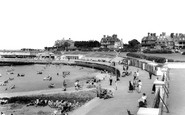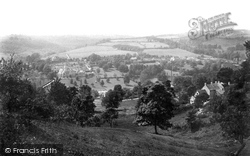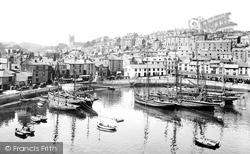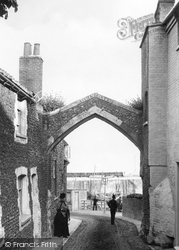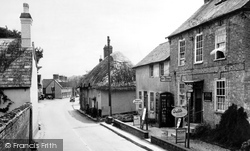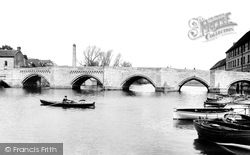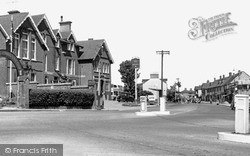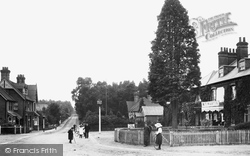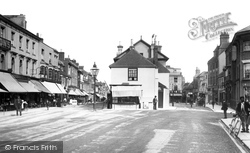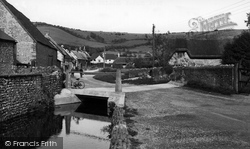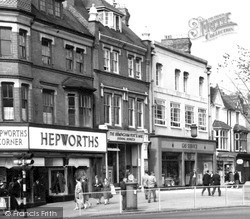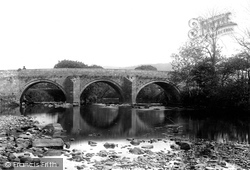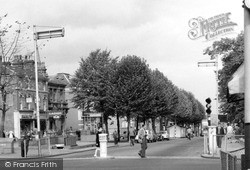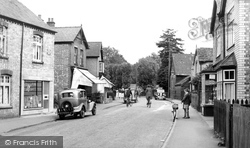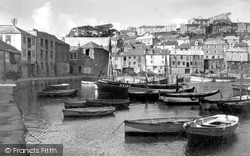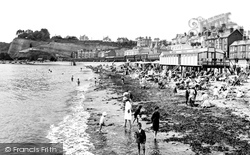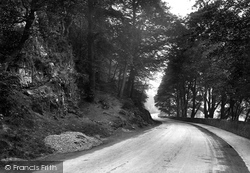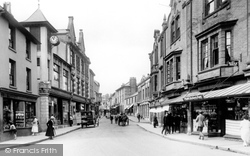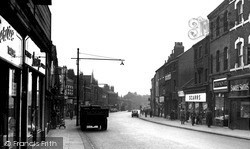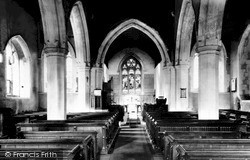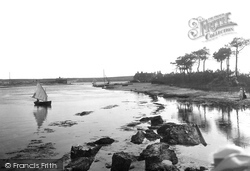Places
Sorry, no places were found that related to your search.
Photos
3 photos found. Showing results 661 to 3.
Maps
83 maps found.
Books
Sorry, no books were found that related to your search.
Memories
1,127 memories found. Showing results 331 to 340.
Larkswood Pool
Although I have put 1961 for this shared memory, any year between 1959 and 1966 would fit the bill, because I used to be there most days from early morning till late, from early May till early September when the pool shut. I went ...Read more
A memory of Chingford in 1961 by
Ightham Village
My sisters Rita, Susan and me all attended Ightham Primary School, the headmaster was Mr Foster, he travelled every day from Maidstone by car, Mrs Kath Gordon, Miss Tomkins being the other teachers, Mrs Hussey replacing Miss ...Read more
A memory of Ightham by
Farming From Horses To Electronics
My grandfather G. A. Smith took the tenancy of Springs Farm on Edingley Moor in 1931, when I was six months old. A builder by trade, and a sergeant in the Sherwood Rangers Yeomanry during the First World War, he ...Read more
A memory of Edingley in 1930 by
Growing Up In Wombwell
My family and I, the Oughtons, lived at 53, Wombwell Main Row, a community for miners and their families. My dad worked at Darfield Main pit all of his life up until early retirement in the early 1980s. I have kept in touch ...Read more
A memory of Wombwell in 1967 by
Orchard Gardens
In about 1972 we as a family moved into West Challow, although with being at a young age I hated it, since moving from Wantage and my friends this it seemed was in the middle of nowhere. I used to cycle most days to Icknield, ...Read more
A memory of West Challow by
Netherthong Public Houses Part 1
This chapter is a work in progress and as it is more than the 1000 words allowed in this memory, I have split it into 2 sections. The current title is : Public House, inn, alehouse, tavern, pothouse, beer ...Read more
A memory of Netherthong by
My Mothers Memories
My mother who is 93 this year and very much alive and kicking is descended from the Cropthorne Dingleys. She spent much of her early childhood and teenage years before ww2 with her family in Cropthorne. She has such vivid ...Read more
A memory of Cropthorne
Church Lane
I was intrigued to read your memory as we lived at Roslyn from 1954 to 1964 and then moved to Frenchlands Lane where I have stayed, losing Jocelyn in 2004. Children Anne Jane Susan Ian Andrew and John all doing well. Village ...Read more
A memory of Lower Broadheath in 1954 by
Netherthong Public Houses Part 2
This is the second part of my ongoing research into the public houses in Netherthong. There is reference to two inns in Thongsbridge in 1853 - the Rose & Crown publican Hiram Earnshaw, and the Royal Oak ...Read more
A memory of Netherthong by
Westgate On Sea Holidays In The 1960s
My parents took myself and my late brother to Westgate on Sea almost every Easter from 1959 to 1971. Living in west London we caught the 2.40pm train from Victoria, arriving at Westgate on Sea about ...Read more
A memory of Westgate on Sea by
Captions
1,219 captions found. Showing results 793 to 816.
Originally 15 acres in extent, it is now much silted up. The bill for the original construction of the dam was £945.
Lyte was the much loved Victorian parson of the fishing town, living high above the town at Berry Head House.
Leading from the old village to the harbour beyond, this 16th-century arch, originally fitted with a portcullis and gates, was built to protect the settlement against pirates and smugglers.
Much of Puddletown was rebuilt in 1864, but the area around the church suggests the village that the young Hardy would have known.
Its building was begun in 1332 to connect Huntingdon with Godmanchester, and the respective authorities paid for three arches - note the different styles - with the builders starting on each bank and meeting
In the foreground stands the arch of the Conservative Club, with the solid brick-built Cambridge Hotel next door. The honey-pot style telegraph poles carry lines to the surrounding
However, the influence of the Roman Occupation is still much in evidence. The Devil's Highway, a Roman road, passes through the village, and two Roman milestones can still be seen locally.
The arched gate and the lodges at the entrance to Haigh Park are thought to date from c1840.
The broad High Street, once the site of the market established under a charter from Edward I, was, at the turn of the last century, still very much a rendezvous for the cattle and sheep farmers of the
Much of the street plan was changed. One example was that Thieves Lane became Station Road.
Winchester College has owned much of Sydling for generations, ensuring a continuity of building and landscape conservation missing in so many Dorset villages.
Characterised by pointed arches and fine stonework, the old gate is also renowned for its statue of George III gazing down the High Street, dressed as a Roman and wearing a toga.
They look even more unnatural these days, as they are severely pollarded in the French style, but they would be much missed if they were removed.
The handsome Leadmill Bridge, on the Grindleford approach to Hathersage, spans the Derwent in three graceful gritstone arches.
They look even more unnatural these days, as they are severely pollarded in the French style, but they would be much missed if they were removed.
The cyclists here obviously felt sufficiently safe not to worry too much about hugging the kerb and avoiding brushes with the traffic.
The lofty 12-arched viaduct spanning the Tamar took four years to build. Since opening in 1908, it has carried the branch railway from Plymouth to Gunnislake, and formerly Callington.
Along with places like Looe, Polperro and St Ives, Mevagissey has long been a fishing port much loved by artists and visitors alike.
Like Teignmouth and Lyme Regis, Dawlish was much-loved by fashionable society during the 19th century.
The road has not been improved very much today.
Notice the horse-drawn cart and the absence of much other traffic.
Along the line is the ninety-nine-arch bridge containing 800 million bricks.
Although the register dates from around 1560, the beautiful interior of the church owes much to restoration carried out in the mid-1800s.
Fashion decreed that much of Georgian society should follow the monarch's example, creating a minor bathing resort on the edge of what had been a lonely estuary.
Places (0)
Photos (3)
Memories (1127)
Books (0)
Maps (83)

